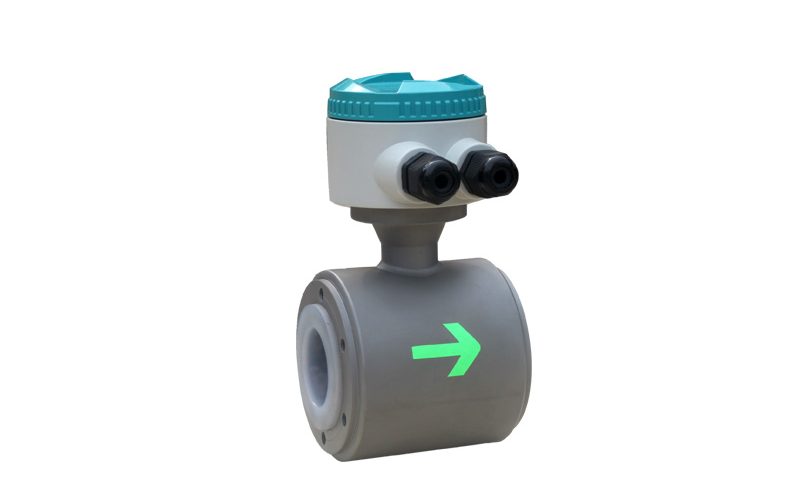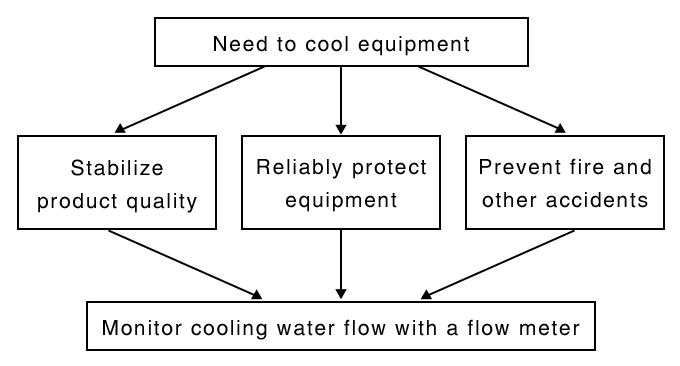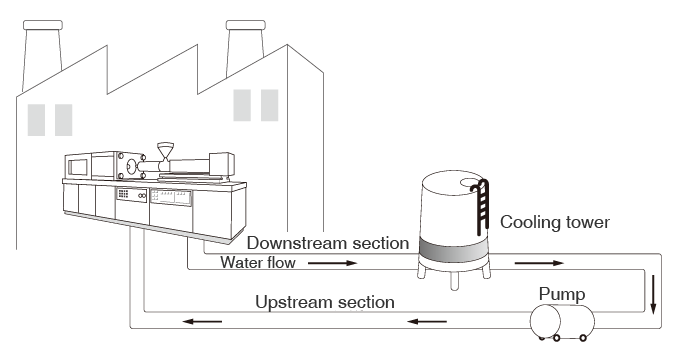- Any support you want?
- 0086 173 6190 9993
- 00 86 25 58379414
- export@junsinstrument.com
Cooling water

The role of a flow meter is to perform a measurement that answers questions like, how many liters of flow do we have currently or how many liters have we used so far? Flow meters are actually used in a wide variety of areas. For example, flow meters play a vital role in situations such as stopping the supply of fuel once you have 10 liters of gasoline, or administering only 500cc of medicine to a hospital patient. The primary role of flow meters in the Factory Automation field is to manage the flow of "water".
The use of this "water" varies according to the application and it is sometimes referred to as "coolant", "cooling water", "cutting water", or "grinding water". In addition, recent energy conservation laws and traceability requirements have expanded the general need for flow meters.
As mentioned above, "cooling water" is one of the most frequently used applications of water in Factory Automation. Additionally, due to its role in the prevention of overheating during processing, "cutting water", often referred to as coolant, can be broadly classified as "cooling water" as well. Opposite to cooling, water may also be used as "insulating water".

Tap water is not generally used because "cooling water" is not for human consumption. Instead, industrial water is pumped from groundwater or directly from rivers. Because all water is viewed as a limited and vital resource, it is generally circulated repeatedly prior to being cleaned and discharged.

